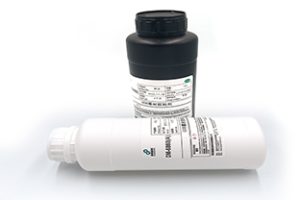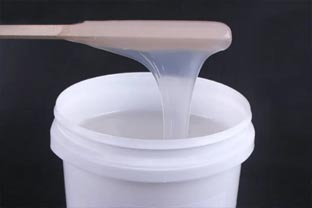The curing speed of silicone adhesive is crucial for ensuring the stability of product performance and production efficiency.

The curing speed of silicone adhesives is crucial for ensuring product performance stability and production efficiency.
Here are some indicators used to assess the curing speed of silicone adhesives:
1. Surface drying time: This refers to the time it takes for the adhesive to start skinning after application. You can determine this by touching the surface of the adhesive – when it no longer sticks or feels powdery, it indicates that the surface has skinned and curing has begun.
2. Depth of cure: Curing of silicone adhesives progresses from the surface towards the interior. Measuring the depth of cure within a specific time frame can indirectly indicate the curing speed. Faster curing speed means the adhesive can cure to a greater depth within a set time.
The curing speed of silicone adhesive is crucial for ensuring the stability of product performance and production efficiency.
3. Full curing time and hardness: Full curing refers to the state where the adhesive has cured entirely from the surface to the interior. Cutting samples and inspecting the cross-section can reveal any uncured portions. Additionally, the hardness post-cure serves as an indicator – faster curing leads to higher hardness of the adhesive.
While these indicators can help in assessing the curing speed of silicone adhesives, different adhesive types may be influenced by various factors, requiring comprehensive consideration. Ultimately, accurate judgment is based on practical testing and professional analysis to ensure precision and reliability.
For a more detailed and accurate assessment of silicone adhesive curing speed, consult with professional suppliers or adhesive manufacturers like Donglai Precision Technology Co., Ltd. With their expertise and specialized team, they can provide relevant technical consultation and solutions.
Donglai Precision offers free 1-on-1 technical consultation services!
